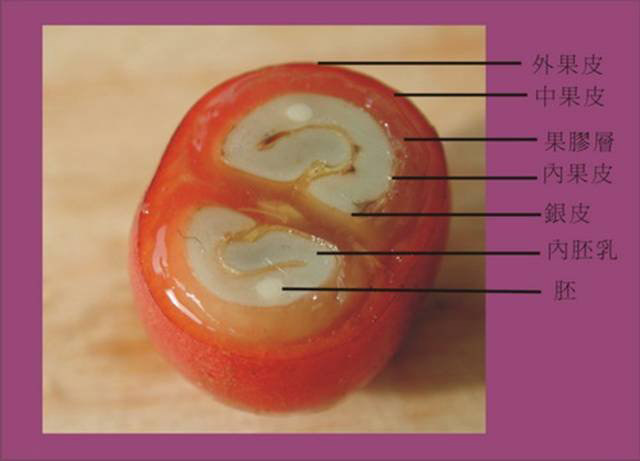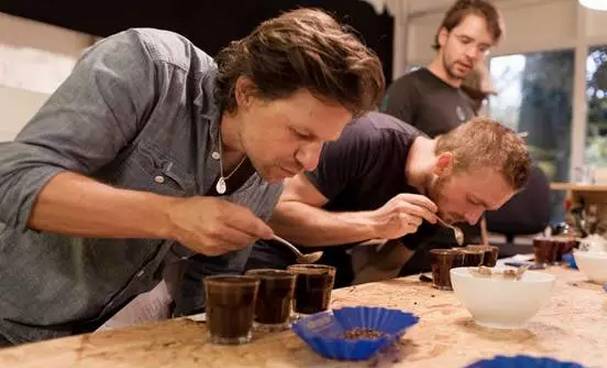Let you cook a little knowledge of good hands.

Seeing the questions raised by you these days, I feel that there is a lot of interest in our opponents. Today, I would like to recommend an article on hand flushing to discuss and communicate with you.
Hand brewing is actually a gentle extraction of coffee. Its charm is that the whole process has a charming sense of ritual, and you need to be very focused. This kind of focus allows you to forget the troubles of the last second and ignore the troubles around you, even if it's just for a moment.
If you don't concentrate enough, you can't make a good cup of coffee. But in addition to focus, you also need to be gentle. This "gentleness" refers to the delicate grasp of various factors, such as the amount of coffee beans, the degree of grinding, water temperature, water quality, water flow, extraction time, and even the technique and timing of water injection.
So how to control these factors in order to make a good cup of coffee?

Generally speaking, as long as you do the following three points, your coffee will not be too bad.
1. Hot water should be injected into the middle area of coffee powder. Do not aim at only one point for continuous injection, and do not pour it on the outer edge of coffee powder.
2. The flow must be thin, slow and gentle to ensure that the coffee is fully extracted.
3. Japanese hand flushing tip: water flows on the coffee powder to draw the Japanese word "Yan".
But if you pursue more than that, there are some details that vary according to different coffee utensils.
Let's take two sets of practical hand-brewing appliances as examples to explain how you can use them to make better coffee at home than in a coffee shop.
A-decomposition formula
Conical drip filter cup
Coffee pot
Thin spout pot
Filter paper
Coffee powder 12g (1 person)
(conical drip filter cup: such as the common HARIO drip filter cup.)

1. Put the filter paper properly into the drip filter cup, pour the coffee powder in the center, and shake gently to make the surface smooth.
2. Boil hot water and pour into a thin-nozzled pot. When it cools slightly to about 92 degrees, begin to extract coffee. First use fine water to infiltrate the whole coffee powder. If the coffee powder is freshly ground, it may expand or produce bubbles. Soak for 20 seconds for 30 seconds.
3. After soaking, pour the hot water slowly and meticulously into the round area around the diameter of the coffee powder 3cm. The speed of water flow should be controlled as much as possible in accordance with the dripping rate of coffee at this time.
4. Pour water again before the coffee powder center expands and collapses. Never pour water only at a certain point and constantly change the position of the water through the coffee powder to ensure that all coffee powder can be fully extracted. When the coffee begins to drip slowly, the filter paper can be removed to prevent the final coffee impurities from falling into the cup.

B-CHEMEX type
CHEMEX
Thin spout pot
Filter paper
12g freshly ground coffee powder (1 person)

1. Put the filter paper properly into the drip filter cup. First, pour hot water to wet the filter paper, which can make the filter paper fit better with the dripping filter cup, and remove the smell of the filter paper. Pour out the moist water.

2. Put in the coffee powder and shake gently to make the surface smooth.

3. The boiling water in the small-mouth pot cools to about 90 degrees and begins to extract coffee. Note that the water flow should be fine and slow. After moistening the coffee powder as a whole, soak for 20ml for 30 seconds.

4. After soaking, pour hot water again, the amount of water is about the middle of the drip filter cup. Coffee powder may expand at this time, or produce bubbles, when the bubbles begin to disappear, pour water for the third time, this time the amount of water is about the edge of the drip filter cup. After a slight drop in the liquid level, pour the water for the fourth time and pour it near the edge again. When the coffee begins to drip slowly, the filter paper can be removed and the extraction ends.

Important Notice :
前街咖啡 FrontStreet Coffee has moved to new addredd:
FrontStreet Coffee Address: 315,Donghua East Road,GuangZhou
Tel:020 38364473
- Prev

The difference between fresh coffee beans and old beans
Abstract: generally speaking, fresh coffee beans harvested in that year are called new beans (New Corp), those harvested the year before last are called old beans (Past Corp), and those that have been placed for more than a year are called old beans (Old Corp). What is the difference between them? Generally speaking, fresh coffee beans harvested in that year are called new beans (New Corp), those harvested the year before last are called old beans (Past Corp), and those that have been kept for more than a year are called old beans (Ol)
- Next

Challenge the sense of taste-if you want to taste the flavor of coffee, improve your sense of taste.
Not everyone wants to be serious or interested in real coffee tasting. The main purpose of this article is to let us know how coffee tasters train their sense of taste. Interested people may try to train themselves so that they can enjoy coffee more. We're all tasting it. For what? There is a saying often quoted to describe music as dancing to express architecture. Big
Related
- What is the meaning of lactic acid fermentation with coffee bean treatment?
- How to judge the state of foam by sound?
- How does the latte pull out the unicorn pattern? Come to get for a little trick to improve the flower pull!
- Will flower pulling affect the taste of the latte?
- Do you know the history of coffee?
- The difference between honey treatment and sun washing what is raisin honey treatment?
- What kind of milk can a novice use to make coffee foam to keep the foam longer? The correct method and skills of milking tutorial sharing
- Why do washed coffee beans taste sour? Flavor characteristics of washed Coffee
- Introduction to the skill of how to practice the size and height of water injection around the circle of hand-brewed coffee
- How do beginners practice coffee flower drawing from scratch?

